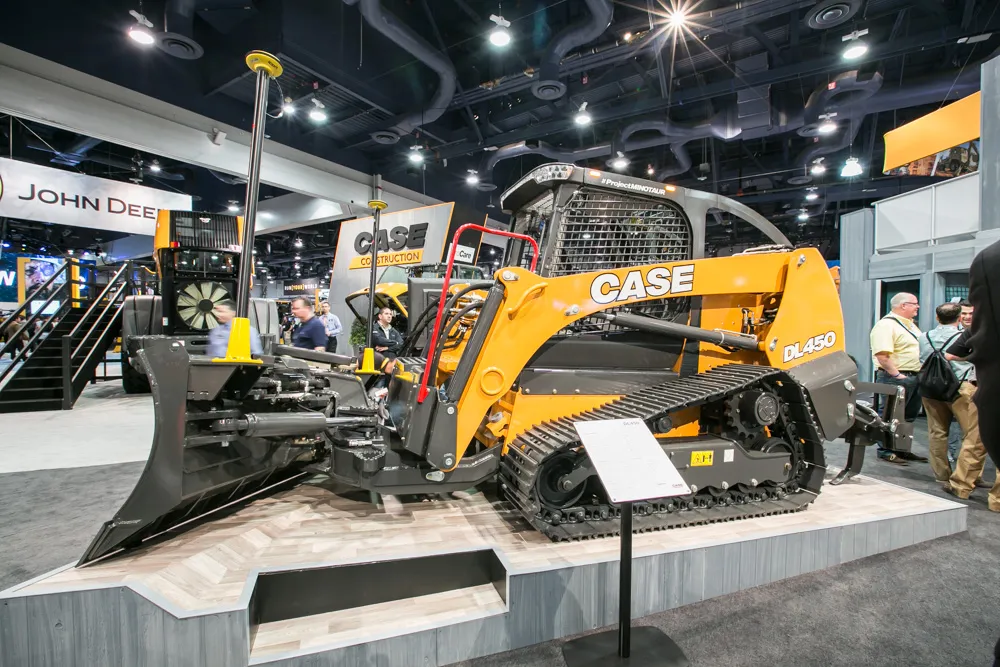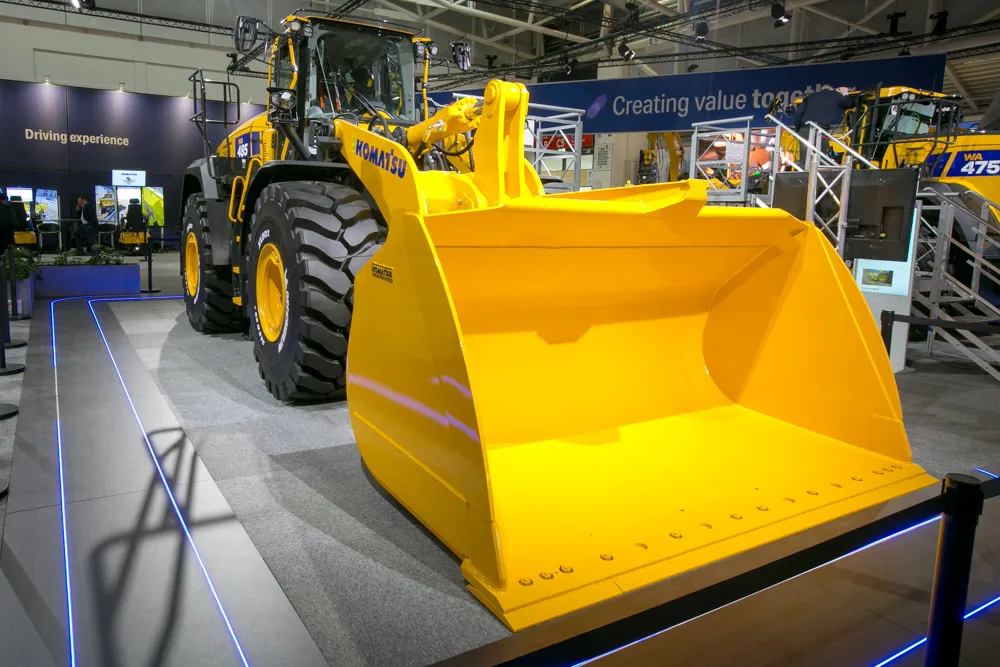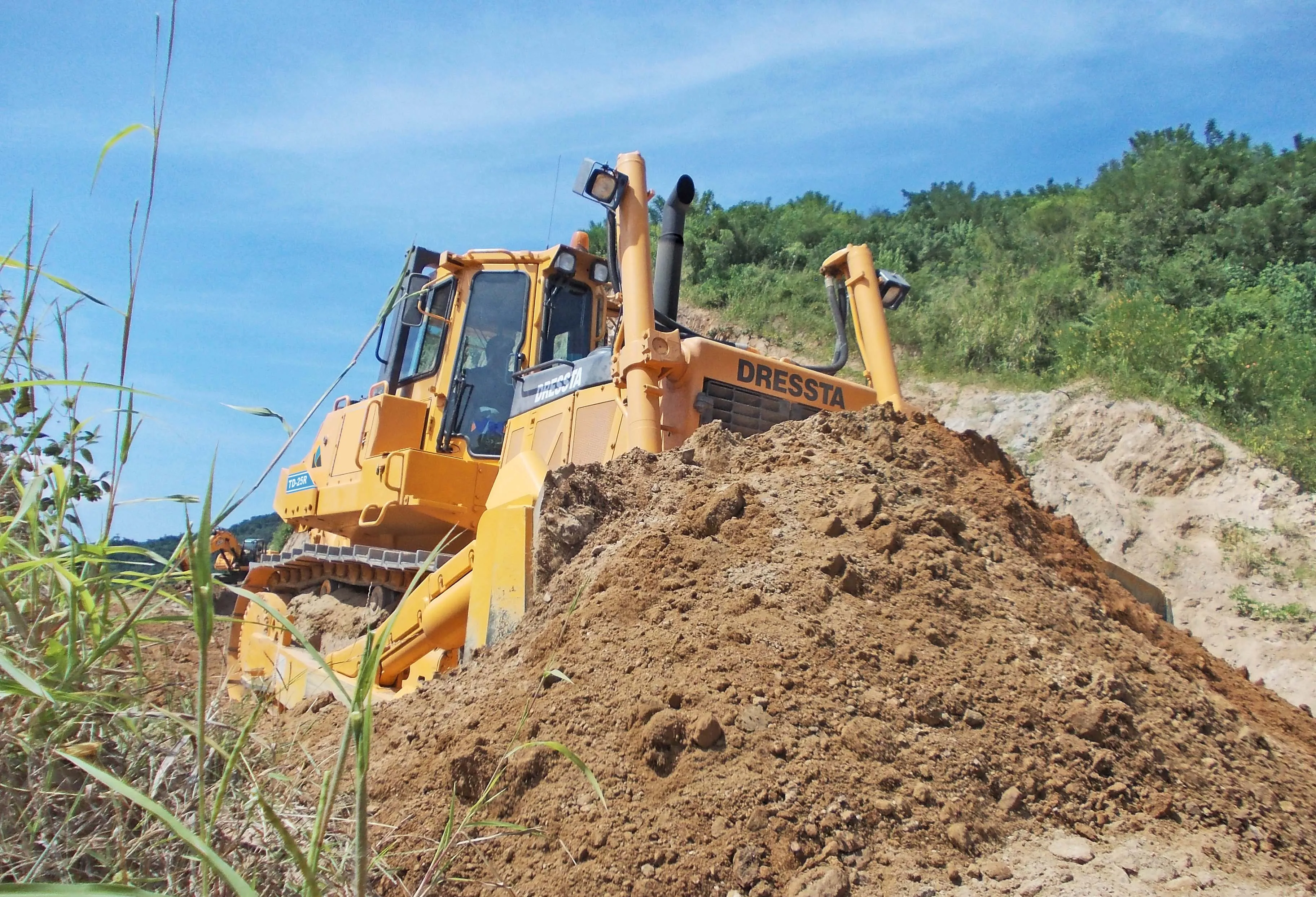Case CE is unveiling an innovative compact solution for dozing needs at CONEXPO-CON/AGG 2017. Based on the chassis of a compact tracked loader, the DL 450 is the fruit of the firm’s ‘Project Minotaur’.
March 7, 2017
Read time: 2 mins

Vice president of Case CE North America Scott Harris explained: “It’s a very practical evolution of two product lines. This is the first integrated compact dozer loader. Contractors now have one machine onsite that handles more functions.”
Harris continued: “The core feature is the C-frame dozer interface to the chassis of the machine. There is nothing on the market today that offers the all-in-one strength of this purpose-built dozer loader.”
He said that this means the dozer blade is attached directly to the chassis, rather than to the loader’s arms as featured on conventional compact loaders carrying a dozer blade. According to Harris, this is a key issue as the new design allows a far greater range of movement for the dozer blade. It also ensures that the stresses are transferred directly to the chassis rather than to the loader arms, which can cause undue wear in heavy operations. The machine is also equipped with steel tracks and grousers to ensure heavy-duty operation, as well as being available with a compact ripper system at the rear.
Meanwhile a 3D
The machine also has a conventional loader arm design and as the dozer interface unit can be quickly removed, the DL 450 can be used as a conventional crawler loader with the usual wide range of attachments.
The machine is still in the development testing stage with a number of key contractors but Case CE hopes to introduce it to the market in the near future.







